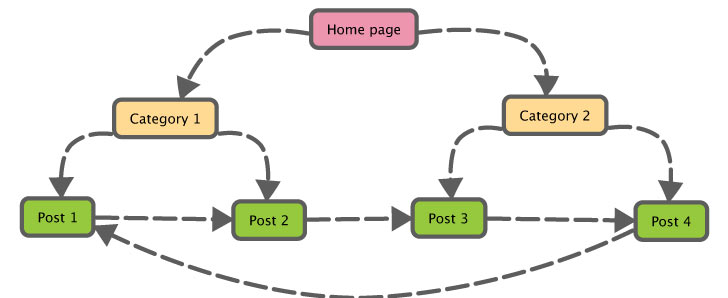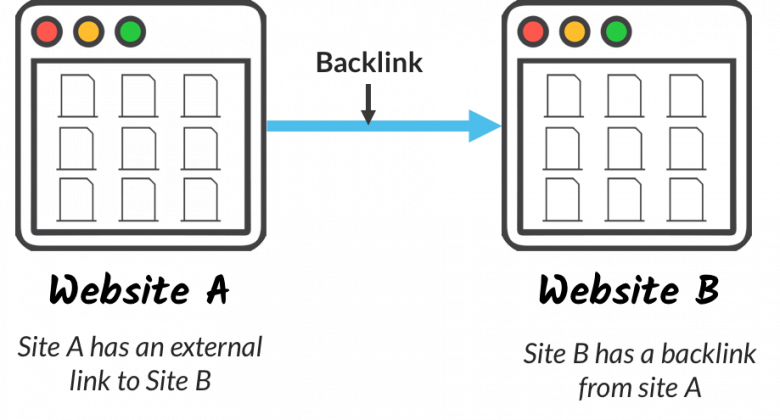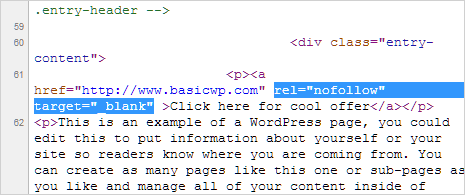With ever-changing algorithms, optimizing your blog and keeping up with the new rules of blogging can be tricky, to say the least. Let’s give you a crash course with lots of Pro-tips on managing and improving your blog reach.
Let’s start with the most essential best practices for a blogger:
- Always include your primary keywords in your blog title, description, and meta tags.
- Make the best of categorizing and tagging your website content.
- Keep innovating with the contents you cover. Make it interesting.
- Add alt tags to all your images, along with titles.
Improving your blogs, organic growth can be a subset of many factors. It’s like keeping yourself healthy- you need the right mix of protein, carbs, and fat to maintain your ideal weight, or gain more muscle. It is the same with blogs.
Below are some elements that your blog needs to maintain its health and improve its performance:
Write. Repeat
You need to make keyword research part of your planning process. Make a blogging calendar – Cross map your list of primary and secondary keywords with different topics you can write about. Keep adding to your list of keywords.

An example might be writing a post for the keyword phrase “create a video.” That is your focus keyword.
Secondary keyword phrases might include:
- “create a short video”
- “create a video using free tools”
- “create a video with music background”
Once you know what your monthly blogging calendar looks like with all your sets of keywords, you will be able to see the bigger picture.
Maintain keyword density
Simply put, Keyword density is a formula experts use to understand the optimum number of times you should use your primary keywords in a blog.
Ideally, you should maintain a keyword density of 2% for your blogs. It can vary depending on your category, competition, blog length, blog health, etc. You can hire seo expert to help you strategize and guide you with this and many other strategies that you can follow.
Internal linking is the secret ingredient

Internal links help give your blog a structure. It creates a content hierarchy that makes it easy for Google to navigate through your website. This can be incorporated in your research stage when you chalk out all your essential keywords.
If you see any previous blog talking about a similar offering or giving information that can be useful for someone who is reading your current blog, go ahead and connect them. This improves the user experience and increases your website engagement.
Backlinking is the Not-so-Secret Ingredient

In layman’s terms, when another website links to you, it is considered backlinking or external linking. It is common knowledge that guest posting is one of the top SEO ranking factors.
You should reach out to publishers and other bloggers to collaborate and work on barter deals. You write a guest post for them, and they feature on your blog. This helps both the bloggers by improving website rank.
Though you shouldn’t use automated link building software, you can use these tools to find opportunities to earn valid and genuine backlinks.
Know when to use the no-follow tag

The meta tag instructs google to not follow one specific outbound link or a particular part of your blog, for example, the comment section. This is more often than not, done when you unwillingly place an external link on your website but do not want to give it any authority or ‘endorse’ it.
Even though ‘nofollow’ link does not improve the said websites’ PageRank value, it can help with potential traffic. When backlinking with a high authority website, know whether the blog authority has given your link endorsement or not.
Update your old posts
It all circles back to your planning and researching stage. When you maintain a record of your content dissemination and plan your monthly calendar, you should include updating your existing posts with relevant information every quarter.
This is especially applicable for product upgrades, tutorials, and travel information. This not only keeps your blog consistent but also improves your consumer experience.
Explore Different Content Formats
Today, user experience influences how search engines rank your website. The more consumers engage with your website, the more authority you build on search engines.
With ‘virality’ becoming the chase for every digital marketeer, exploring different formats that enable easier content consumption and shareability should become a component of your planning stage.
Exploring formats like Listicles, tabular content, infographics, slideshows, etc. can help popularize your blog. A lot of websites harp on content innovation to engage consumers.
Not only does using more innovative content formats reduce your website bounce rate, but it also boosts user-interaction signals that Google has been focusing on.
Be fast and responsive
A responsive design means that your blog adjusts in size according to the device. With a significant shift in content consumption on mobile, it is imperative that your blog is mobile and screen responsive.
Unresponsive blogs have a high bounce rate. Even though speed is not an essential signal for improved page rank, it is known to have a direct effect on your searches.
Conclusion
Most blogs aim for that prime spot of the answer box. Even though it is short-lived and ever-so-dynamic, that is what the aspiration should be!
Blogging is a long game- it requires effort, planning, some creativity, and willingness to put some effort into the game. Your content should be able to help as many people as possible.
It should be interactive and understandable. The more people find your content helpful, the more the credibility of your brand will increase. It is vital to keep the above points in mind and also have a proper content calendar that will help you schedule your blog releases.
Now that you have some tricks up your sleeve start by getting the basics right and keep going up the ladder. You will see a surge in your blog growth. You can also hire digital marketing consultants to help you come up with a staggered plan to improve your website over a 3-month timeline and get the best results.